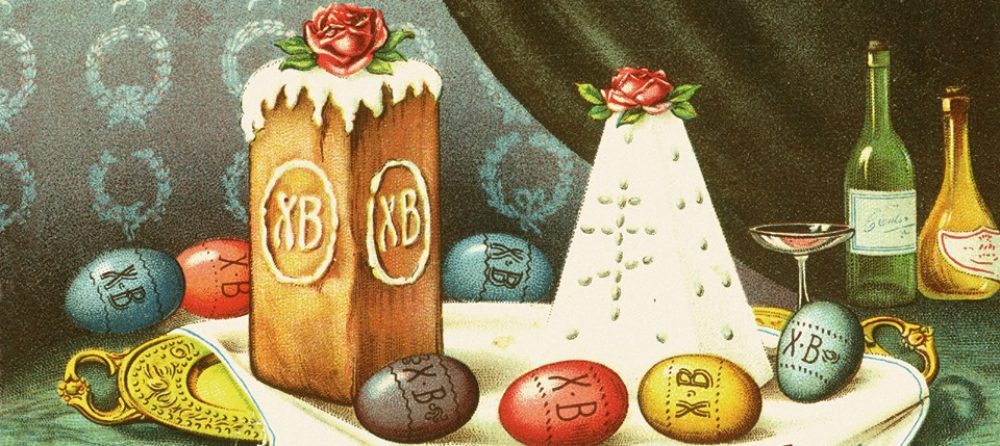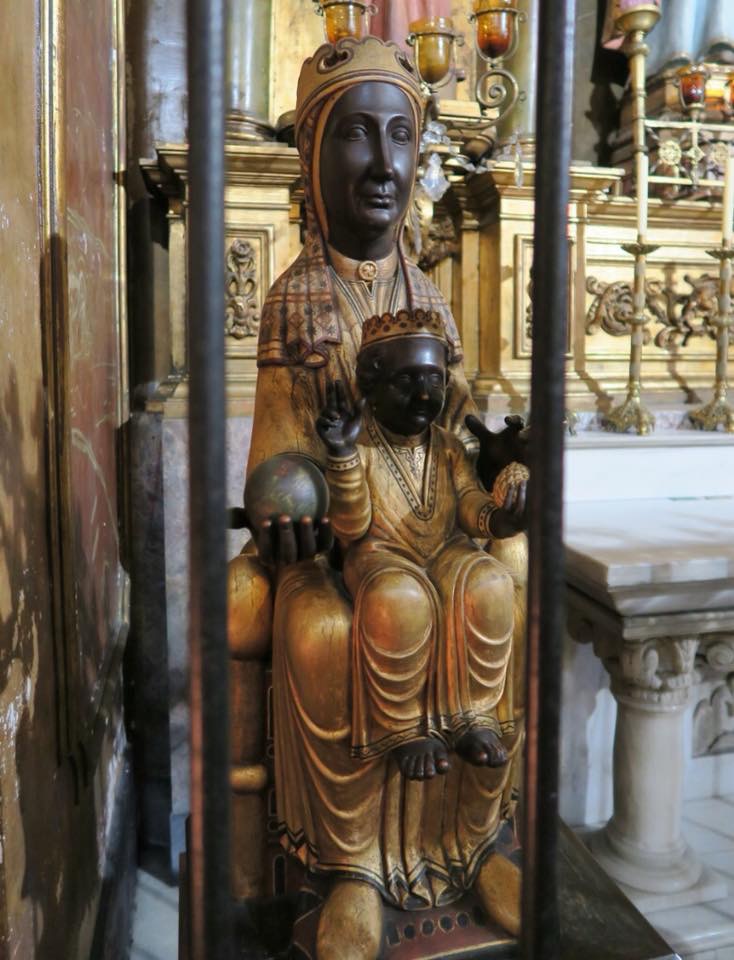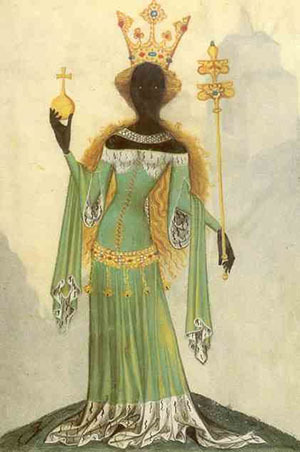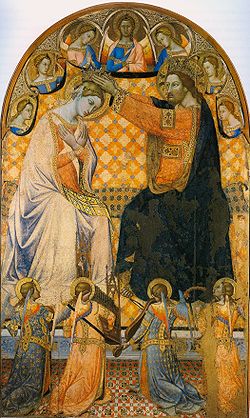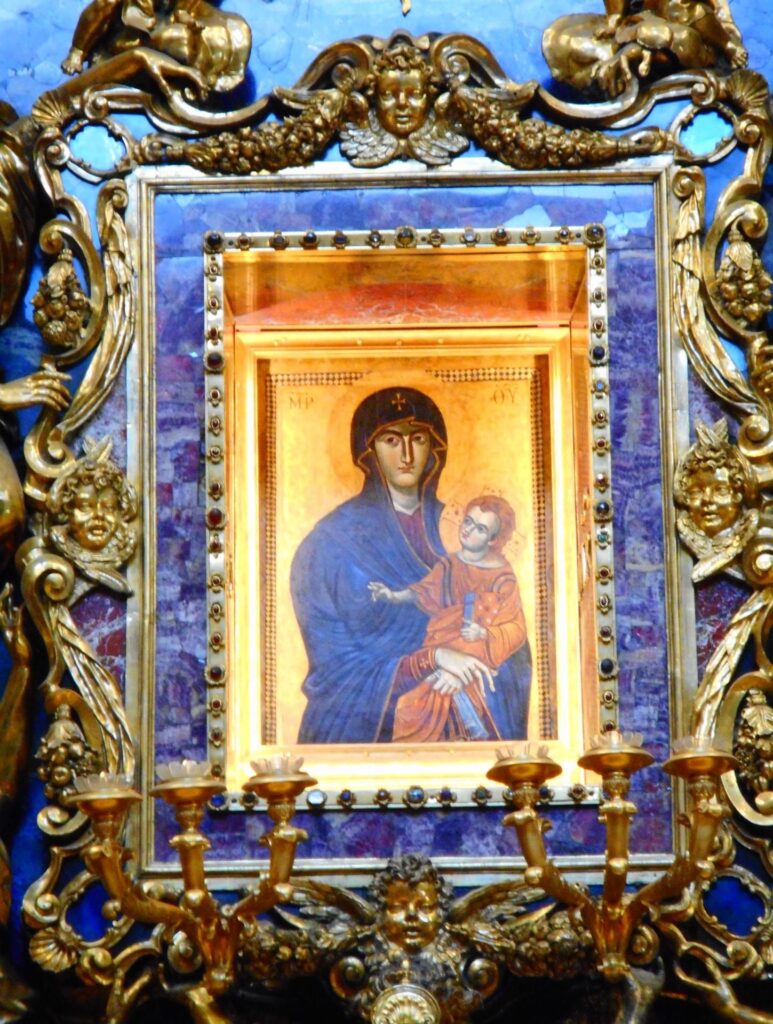
“Even though one may gather every perfume and every flower of fragrance from all the different meadows of virtue and is able to make one’s whole life fragrant with the scent of all these virtuous actions … still one could not look steadily upon the Bridegroom, the Word of God, any more than one could look directly at the sun.”
St. Gregory of Nyssa is commenting on a verse from the Song of Songs:
“Pleasing is the fragrance of your perfumes;
your name is like perfume poured out.” (Song of Songs 1:3)
St. Gregory goes on to quote St. Paul the Apostle, who said that he was “the good fragrance of Christ” (2 Cor. 2:15). St. Gregory points out that the apostle “inhaled the fragrance of that inaccessible and transcendent grace, offering himself to others as a kind of incense for them to partake of according to their ability….” St. Gregory urges us to treasure this fragrance in our hearts, as the bride does in the Song of Songs. The bride makes a sachet of this fragrant perfume and keeps it between her breasts; the warmth of her heart enables all her actions to spread the beautiful scent of the perfume.
Some manuscripts specify that this perfume is frankincense or myrrh. In the medical theory of the ancient world, these scents strengthened and energized certain animals but acted as poison to others. The effect of these scents on humans, however, was the result of human choice: a person could choose to be energized and invigorated by the scent or to be weakened and debilitated by the scent.
The choice is up to us.
